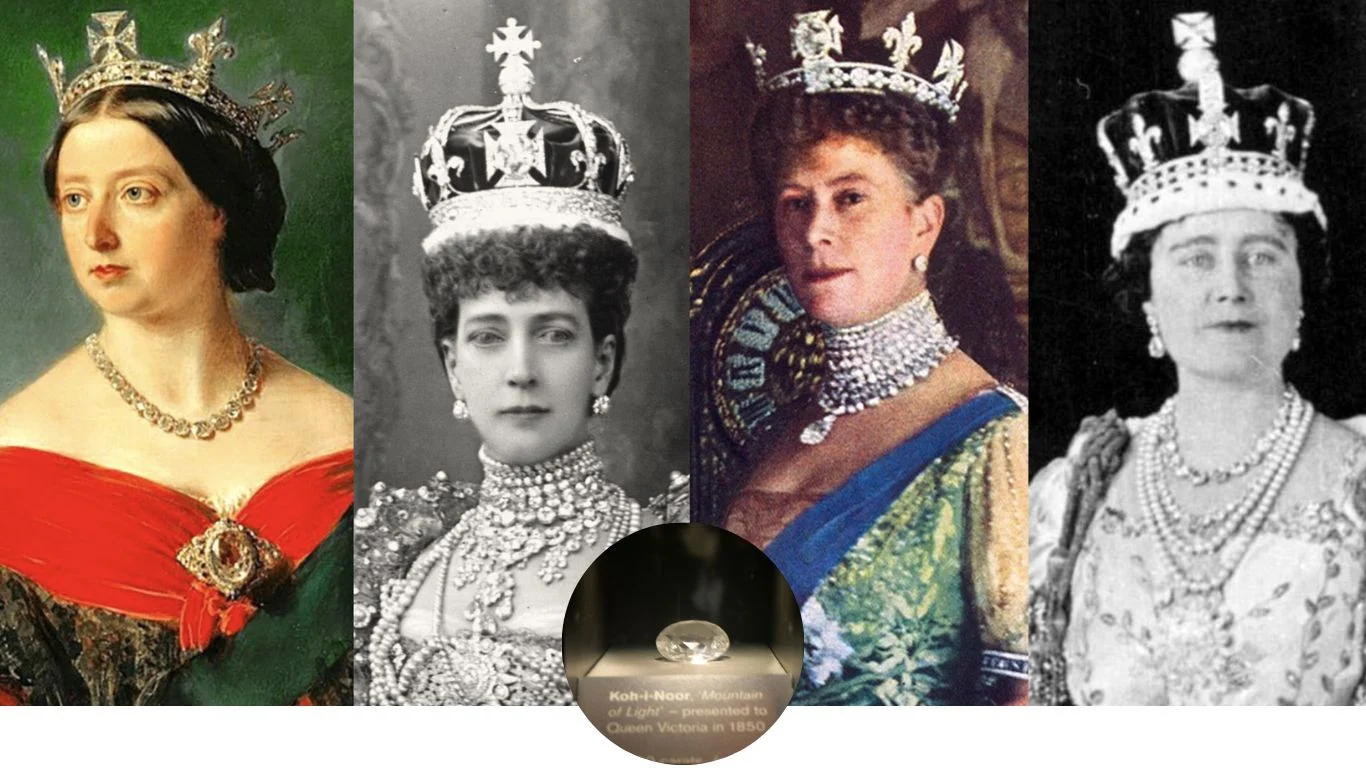preahvihearhotel.com – Diamonds, known for their unparalleled brilliance and durability, have captivated human imagination for millennia. Beyond their material value, diamonds have played a significant role in art, symbolizing wealth, power, and eternal love. This article explores the visual history of diamonds in art, tracing their journey from ancient times to the contemporary era.
Ancient Origins and Symbolism
The allure of diamonds dates back to ancient civilizations, where they were believed to possess mystical powers. In Indian art, diamonds were depicted in religious iconography, symbolizing invincibility and protection. The ancient Greeks and Romans associated diamonds with the gods, often incorporating them into their jewelry and artworks. These early representations set the stage for the diamond’s enduring presence in art.
The Medieval and Renaissance Periods
During the Middle Ages, diamonds were rare and primarily owned by royalty and the church. They were often set into religious artifacts and royal regalia, symbolizing the divine right of kings. The Renaissance brought advancements in diamond cutting techniques, enhancing their brilliance and desirability. Artists like Leonardo da Vinci and Albrecht Dürer began to include diamonds in their works, reflecting the growing fascination with these gems among the European elite.
The Baroque and Rococo Eras
The Baroque and Rococo periods were characterized by opulence and extravagance, and diamonds played a central role in the art and fashion of the time. Portraits of the era often featured subjects adorned with diamond jewelry, highlighting the wealth and status of the sitter. The craftsmanship of diamond settings reached new heights, with intricate designs that complemented the ornate styles of the period.
The Industrial Revolution and the Rise of Diamond Art
The Industrial Revolution transformed the diamond industry, making diamonds more accessible. This period saw the emergence of diamond art, with artists creating intricate mosaics and paintings using diamonds. The most famous example is the Diamond Sutra, a Chinese Buddhist manuscript from 868 AD, which features a diamond-studded cover.
The 20th Century and Beyond
In the 20th century, diamonds continued to be a prominent feature in art, with artists exploring new ways to incorporate them into their work. The advent of conceptual and performance art saw diamonds used in unconventional ways, challenging traditional notions of beauty and value. Today, contemporary artists continue to be inspired by diamonds, using them to comment on themes of consumerism, desire, and the human condition.
Conclusion
The visual history of diamonds in art is a testament to their enduring appeal. From ancient religious symbols to contemporary artistic expressions, diamonds have been a source of inspiration for artists across the ages. As we continue to be dazzled by their beauty, diamonds remain a powerful symbol of human aspiration and creativity.
